Postponing his trip to buy stamps at the post office on Tran Hung Dao Street ( Hanoi ), Dr. Terry F. Buss revealed for the first time the hidden stories behind his collection of 150,000 stamps that he had collected from 50 countries around the world and the decades-long hunt just to buy one stamp. Starting the conversation with VietNamNet reporter about his collection, Dr. Terry F. Buss - Professor of Public Policy and Management, Research Scholar at the US National Academy of Public Administration - shared that he started collecting stamps when he was 8-9 years old. At that time, he joined the Army Cadet Corps and the purpose of collecting a lot of stamps was simply to have a badge. "My father was a soldier at that time, often away from home. Whenever he was stationed anywhere, in or out of the US, he bought stamps and sent them to me," he said.
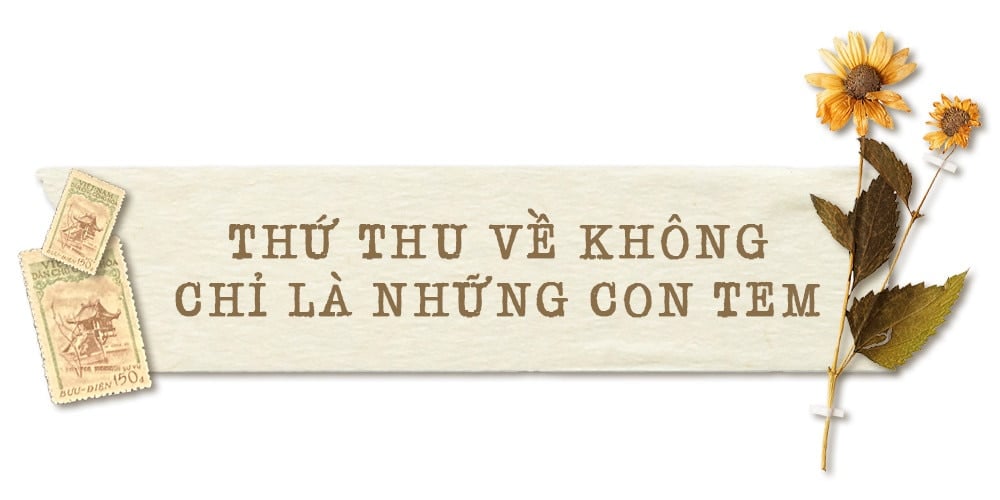
- When I was 8-9 years old, I collected stamps because of the badge, so what happened later? Later, collecting stamps gradually became a hobby, a pleasure and then a passion. Many people say that collecting stamps is very boring, not fun at all. That would be true if collecting were simply collecting stamps. However, for me, it is different. Collecting stamps is also associated with my work. I consider it a professional job. I have traveled and worked in 50 different countries, collecting stamps wherever I go. Through stamps, I learn about that country. Looking at stamps, I see the history of those countries, see what is important to them, so important that they put that image on the stamp. Especially, when holding a stamp in my hand, I will feel the art and culture of that country. This is very different from learning through books or the media. During my three-year work in Hungary, I collected stamps that were hundreds of years old. At that time, due to the nature of my work, I went to a hospital for elderly patients and met the people who had put the stamps on the envelopes. There were patients over 100 years old who were members of the Hungarian cavalry that appeared on the stamps. Talking to them, I learned a lot about life, about the people there, about what they had experienced… All of this helped me in my work.
- Where do you usually buy stamps? I often go to flea markets. Many people sell their collections at those flea markets. When I was in Russia, I went to a very large flea market in Moscow. I met collectors, talked to them about their families, asked them what they thought about the events printed on the stamps... Through that, I understood their country better. Like that, wherever I went, I went to flea markets to buy stamps. The interesting thing is, when we met collectors, we talked to each other and relationships were built very naturally like that, connecting into a network like art collectors. In Paris (France), there is a flea market specializing in stamps, not selling any other items. You will meet a lot of elderly people there who collect stamps. At some point, when they feel they need money, they will sell. Among them, there are people who have collected for 50-60 years. You can buy valuable stamps at normal prices. I am very careful when buying stamps in these places, never haggling to buy them at a price lower than the asking price. Because, I understand that the people who have to sell here really need money. In many cases, I will pay more than the price they give in the form of a tip. Because what I get is not only the stamps but also the stories they share. Collecting stamps and talking to people is my own way to learn about that country.
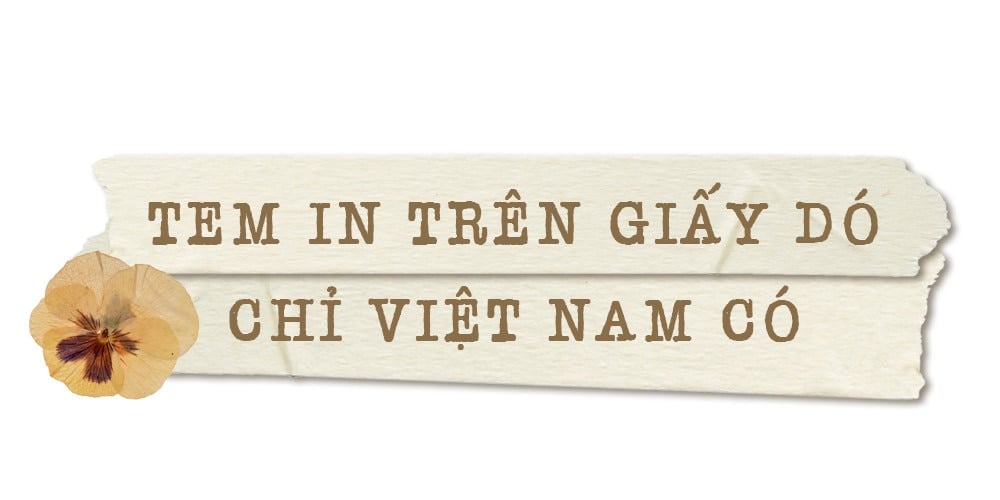
- With rare stamps, is it difficult to find and buy? One thing that I really enjoy is that collecting turns me into a detective, hunting for stamps. When needed, I will find every way, spend a lot of time to find it. And the feeling when holding a stamp in my hand after spending a lot of time and effort searching is really extremely satisfying. For example, the German stamp set. I have an album with all the stamps from the German Empire to the present, but there is still a blank space because I have not collected enough stamps issued in 1870. For a collector, when I open the album and there is still a blank space, I feel uneasy. This stamp is about 150 years old. It took me many years, going to many places to find it. From the stamp collector's club, flea markets, to stamp shops, I went to them all. I even asked anyone who had the chance to see if they had written letters to their lovers when they were young, and who knows, maybe they still had envelopes with the stamp I was looking for, and then asked if they had ever seen this stamp. Finally, I successfully tracked down and bought this stamp, not in Germany but in Hungary. With stamps like that, if you calculate the cost of tracking down, it is much higher than the value of the stamp. Many times I met people who had stamps but did not want to sell them, and I had to spend a lot of money, increasing the price many times to buy the stamp I needed. We should not think that collecting stamps will bring profit. What a stamp collector gains are non-monetary values. It is a journey that contains many emotions: anticipation, excitement, and the burst of joy at the end of the journey. Collecting stamps for me is definitely not for making money. My Vietnamese stamp collection is currently missing 2 stamps. I have been searching for over a decade now but there are still 2 blanks.
- You just mentioned the collection of Vietnamese stamps. To you, what is special about Vietnamese stamps? There are very special stamps that only Vietnam has. For example, Uncle Ho's stamps are printed on Do paper. No other country in the world prints stamps on Do paper. Or like rice stamps - the price of stamps is calculated in rice. At that time, Vietnamese stamps did not have a layer of glue on the back like today. To stick stamps on envelopes, people often used rice instead of glue. This is what makes me extremely interested in collecting Vietnamese stamps. I also collected some stamps with errors. Those stamps are very rare, collectors hunt for them but very few people find them. And interestingly, there is a stamp with errors that I bought in the US. Collecting stamps in Vietnam is very different from other places. Here, there are not many stamp dealers or stamp collectors. Most collectors only meet to exchange stamps with each other. My wife and I started collecting Vietnamese stamps more than 10 years ago. At first, I bought all the stamps we could, starting with the first set issued by the Vietnamese Government in 1946. Later, we bought each new issue over the years.
I often go to the stamp company's shop on Tran Hung Dao Street (Hanoi). For more than ten years now, whenever there is a new stamp set, I come here. I have met many Chinese, French, American collectors... who come here to buy. Up to now, I have a complete collection from 1946 to the present, except for two rare stamps that are missing. Besides that, there is the Indochina stamp set printed over the stamp set, the National Liberation Front stamp set 1963-1969, and the Provisional Revolutionary Government stamp set of the Republic of South Vietnam. I am very interested in the history of Vietnam, so owning these stamp sets has a special meaning. With the two rare stamps that are still missing, I know that there are people listing the prices online, but in fact, these stamps are priceless because they are so rare. I have been searching for more than ten years but have not been able to buy them. In a way, these blank boxes are the reason why the stamp detective that I am continues my hunt.
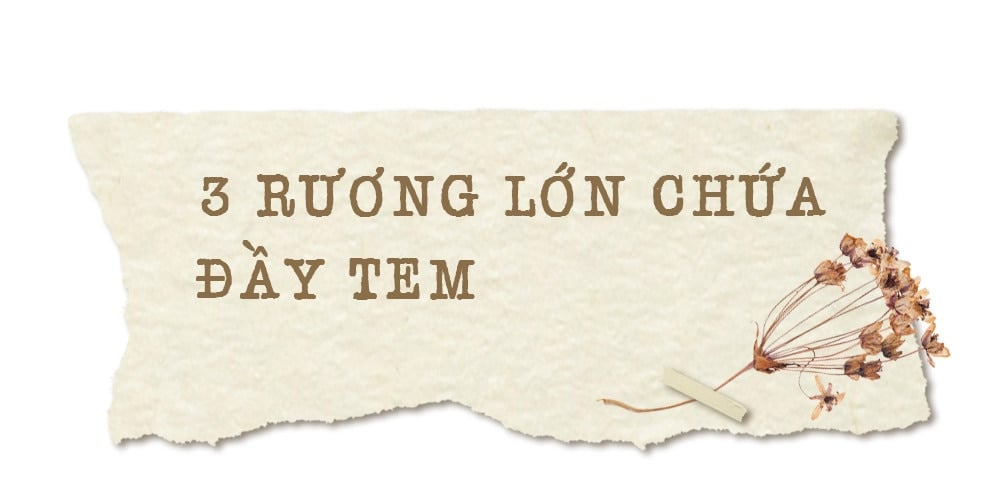
- How many stamps have you collected so far? A lot, I can't remember exactly but it's up to 150,000. Besides the stamp sets kept here (currently in Hanoi - PV), most of the collection is kept in the US. I have 3 very large chests full of stamps. The collection is large but actually not very expensive. There are collections with a lot of stamps, but the value is only in a certain number of stamps, the rest are not too expensive. Like the Vietnamese stamp set I collected completely because the price is relatively cheap. Sometimes the price depends on who the collector is. The collection is huge, but without rare stamps, the value is not high. One thing to note is that there are stamps that when we look at the price printed in the Stamp Catalogue, we will see that the price is very high, but don't be too happy because in reality it will not be like that. Normally, when those stamps are sold by dealers to collectors, the price will be only half of the price in the Catalogue, and the same stamps sold by collectors to dealers will be only 1/10 of the price in the Catalogue. So when you see the price printed on the Catalogue, you may be delighted and think "oh, I'm so rich" because you have such a stamp collection. In fact, the value of the entire collection is only 10% of the price printed on it. - Talking a lot about stamp prices, what is the largest amount of money you have ever spent on a stamp? About 30 years ago, I spent 800 USD to buy a stamp from the German Empire. It was not a single stamp, in the collector world it is called a stamp block (a small sheet that usually includes one or more stamp designs). This is a very rare block of German stamps, and it is also very interesting that I found it in the US. Actually, spending such a large amount of money to buy a stamp is also a very rare thing I have done in my life. Now I probably wouldn’t spend that much money. Because, when I looked at the album and saw something missing, I was willing to spend money to buy it, but when I sold it, I would never get back the money I spent. So, thinking back now, it felt like “burning money”.
- There are very valuable stamps, but the price is also extremely expensive. How to avoid buying fake stamps? According to estimates by the United States Postal Service, the production and sale of fake stamps has become a multi-billion dollar business. Stamp collectors have shared some ways to identify fake stamps, but there is no way to completely guarantee that there will not be a time when a professional collector can still turn into a "fool". If you are not sure whether a stamp is real or fake, the best way is to place it next to a real stamp that has been appraised for comparison. In the absence of a real stamp sample as a standard, collectors will have to carefully study details such as the watermark (a specially designed pattern embedded in the stamp paper, created during the paper production process). This is done by holding the stamp against the light, using chemicals or special lights. Other details include non-standard stamp teeth, color deviation due to printing paper, incorrect ink type, non-standard printing lines, and fake cancellation marks... For every collector, whether new or experienced, learning and updating information is never old, because counterfeiting rare postage stamps with the support of modern technology has become more sophisticated, increasingly challenging players. In many cases, completely trusting the guarantees of stamp shops or stamp collectors also makes buyers become victims of fraud. A few days ago, I looked up a stamp on a very popular online shopping platform and discovered that at that time there were 10 different versions for sale. Of these, only one was definitely genuine, 3 others were very suspicious, and the remaining 6 were likely fake. To know their true "identity", the only way is to have them authenticated.
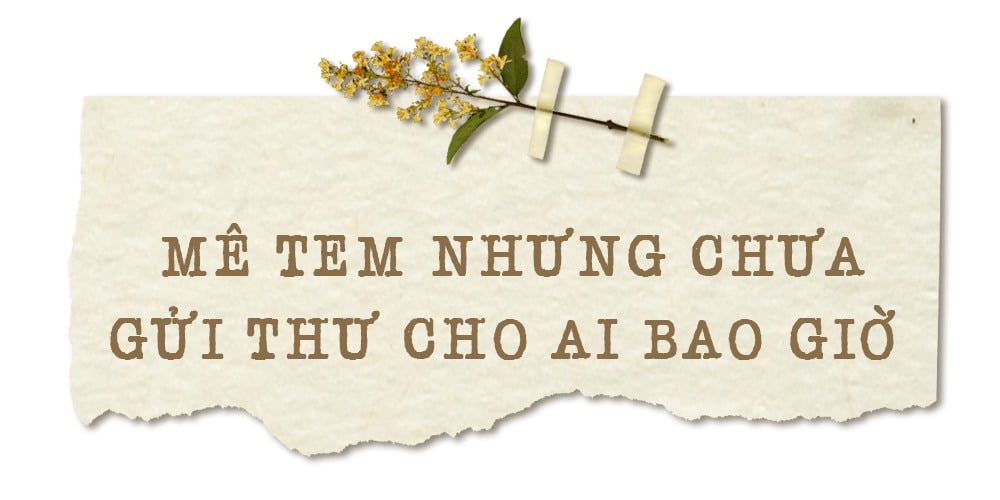
- You have traveled to more than 50 countries and collected hundreds of thousands of stamps. So do you often write letters, using those stamps to stick on envelopes to send to friends and relatives? I like collecting stamps but have never sent letters to anyone. One special time, because I really wanted to collect space stamps, I sent a letter to myself. Those were stamps issued in the year the US started launching satellites into space. When launching satellites like that, there would be a navy ship going out to sea to pick up the astronauts returning. On the ship there would be a secretary in charge of correspondence. The letter would be stamped with the Apollo spacecraft stamp. Stamp collectors really like envelopes with those stamps. However, the rule only allows one envelope per person. In the end, I sent the letter to myself so that I could own more than one envelope with that stamp. When our daughter, Phuong Nhi, was in high school, she was encouraged to write handwritten letters in English and send them by post to my friends abroad. The purpose was to help my child learn English better. And we received handwritten letters from all our friends sent to the mailbox we rented at the Cua Nam Post Office on Le Duan. In particular, among them was a handmade postcard made from a wooden board, with handwriting and stamps from a Polish friend. This was a really interesting surprise because in the age of technological development, my friends in other continents still send handwritten letters here.
- What do you plan to do with your collection? I have no intention of selling them in the future. In terms of value, they are not too expensive, but they are hard to find. Therefore, I will donate stamps to special organizations. Last year, I decided to donate a lot of stamps. I chose the destination to be the collection organizations that receive these stamps, then give them to children, thereby helping to foster the hobby of collecting stamps in the younger generation. I also donate stamps to charities and churches for auction. The proceeds will be used to help the disabled. Donating gives me a very pleasant feeling, just like when I myself go searching for and collecting these stamps.
Article and photos: Tam An Design: Nguyen Cuc
Vietnamnet


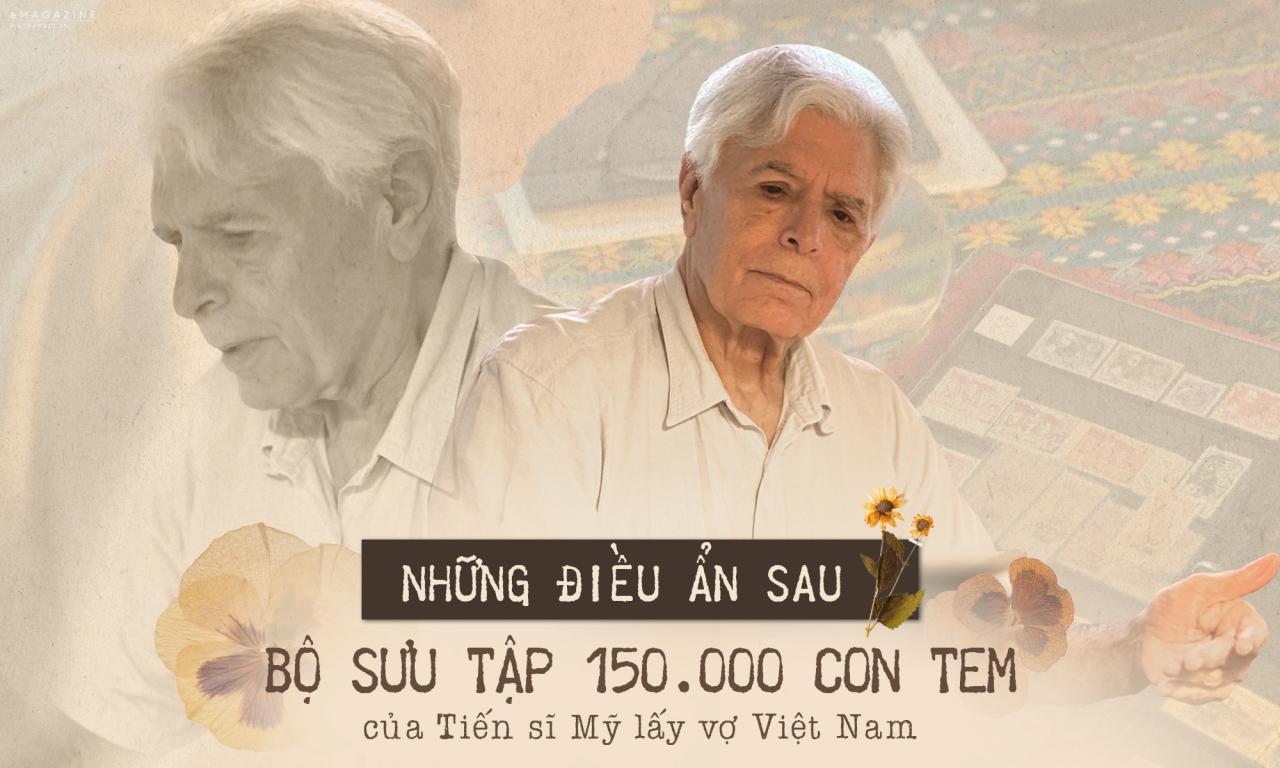
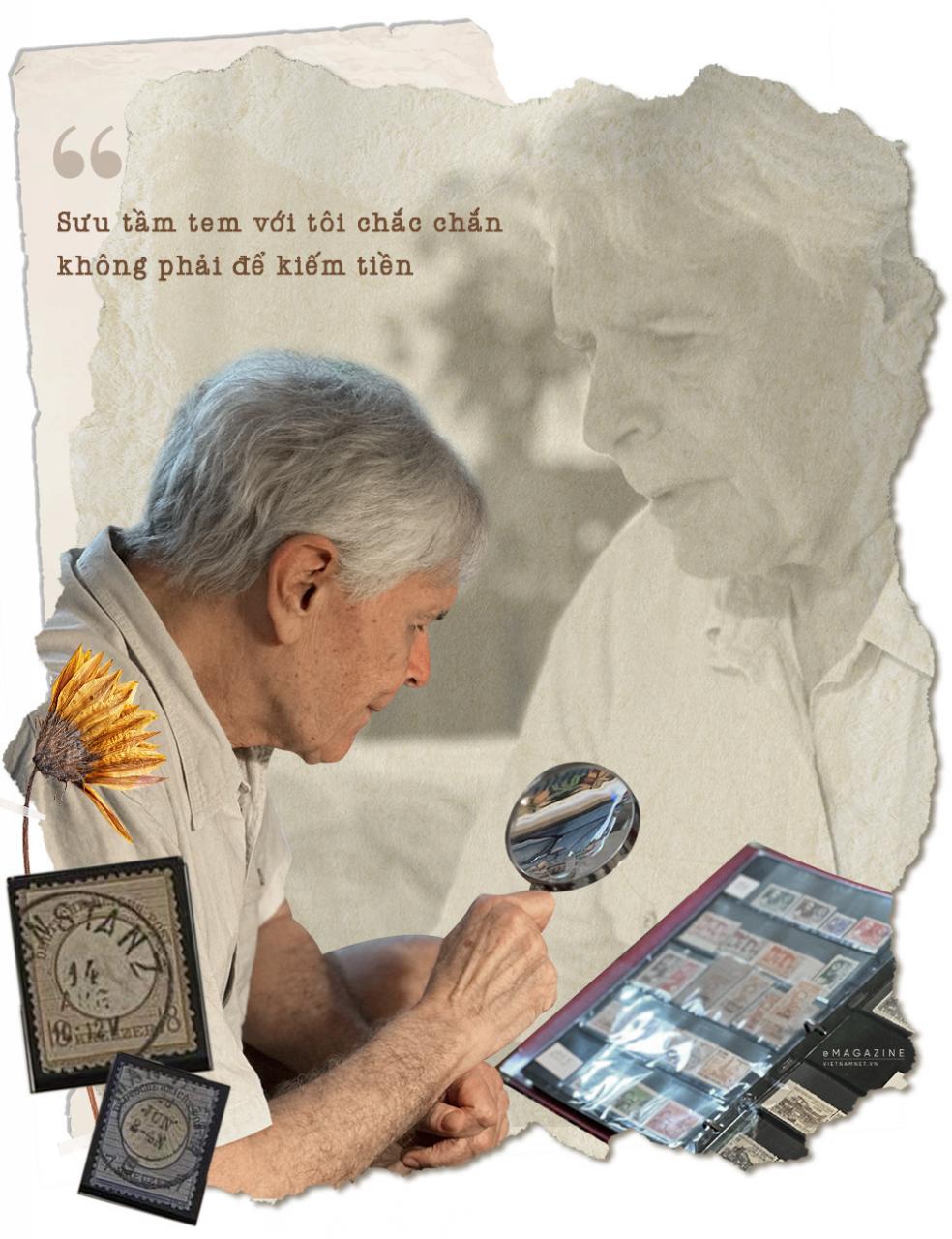
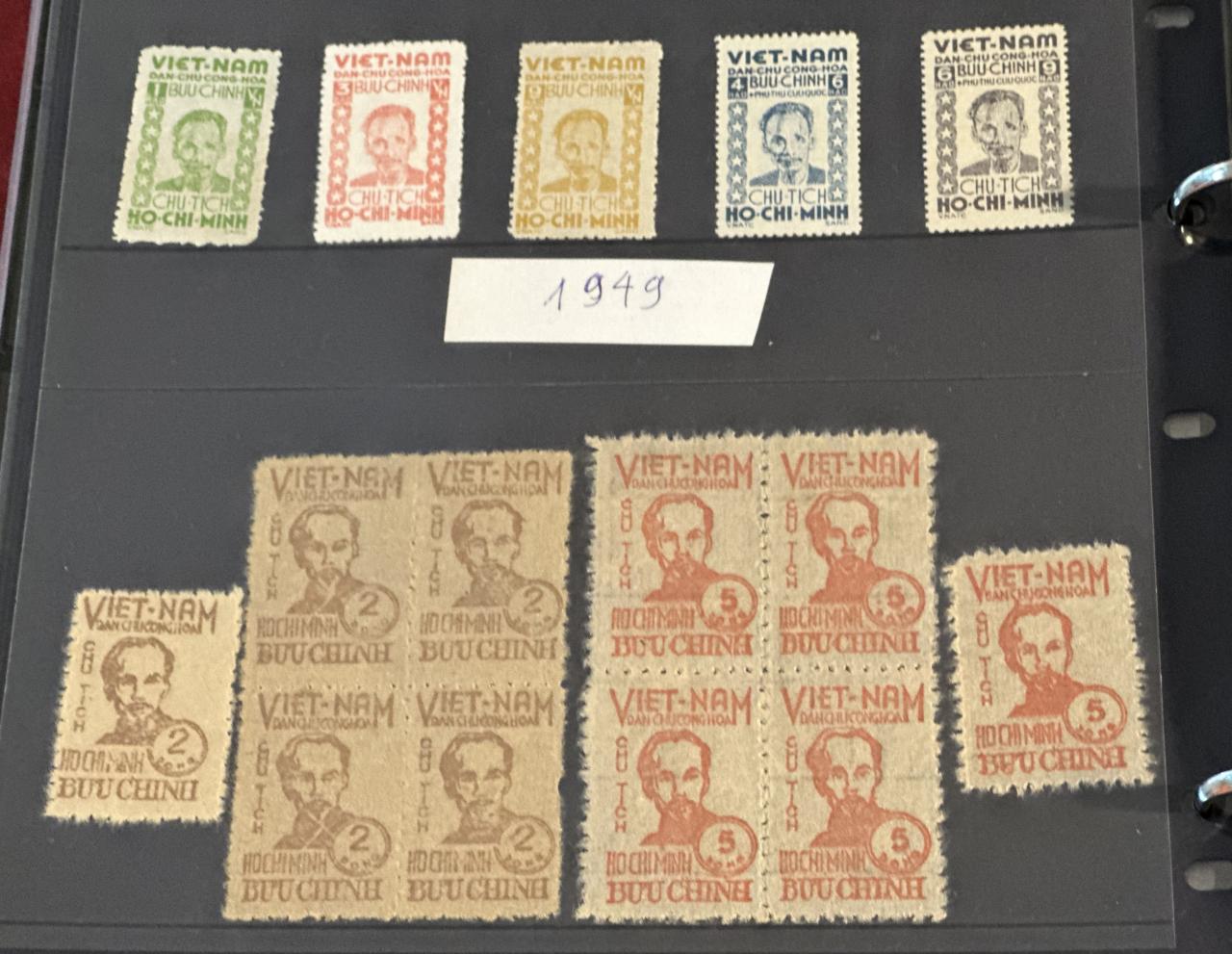
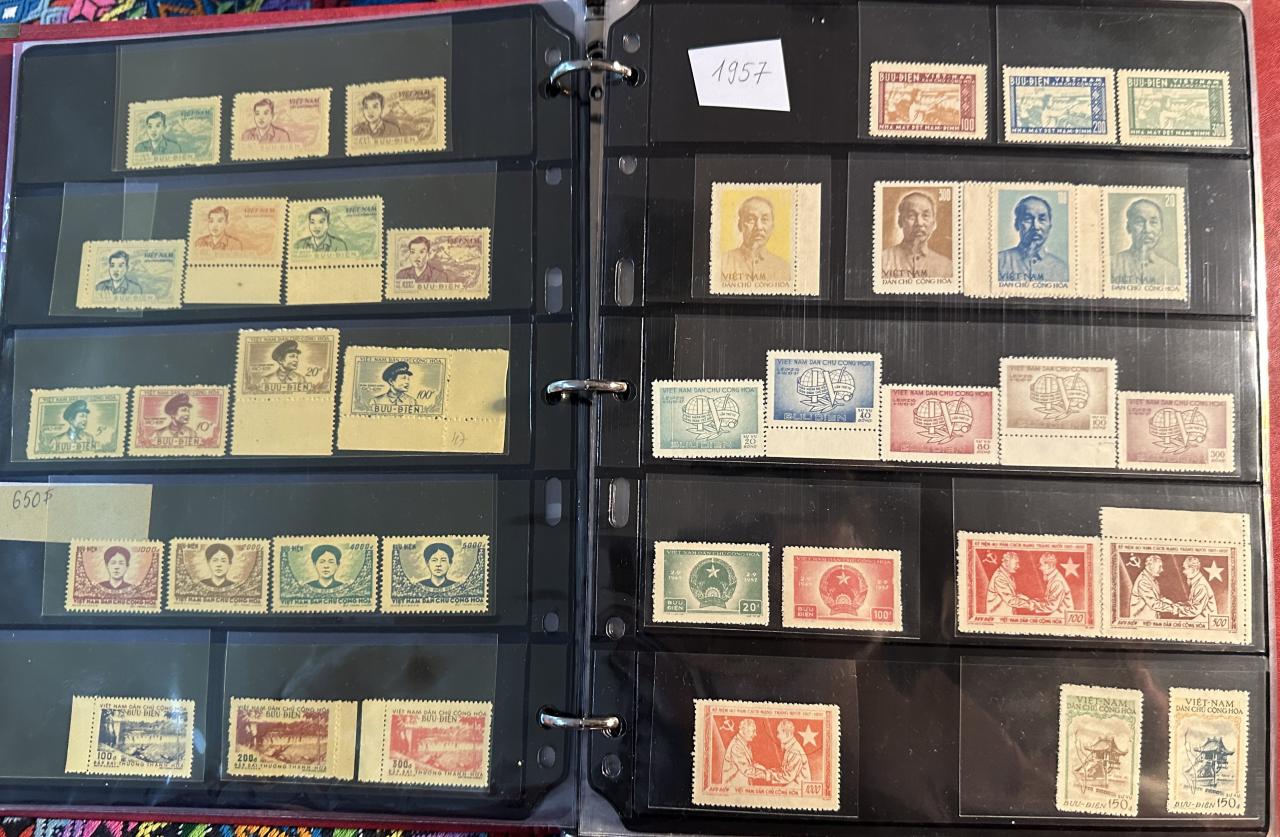
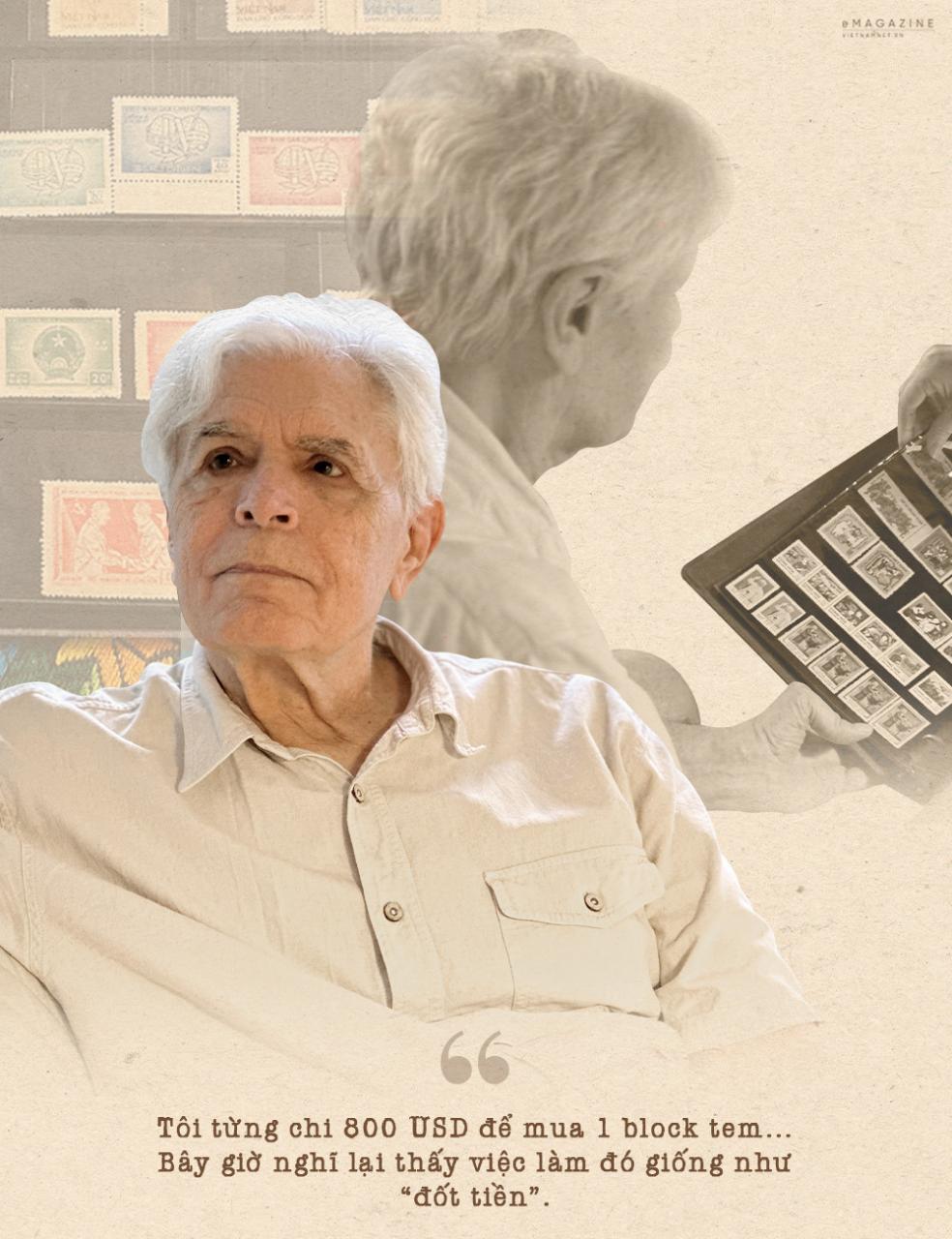
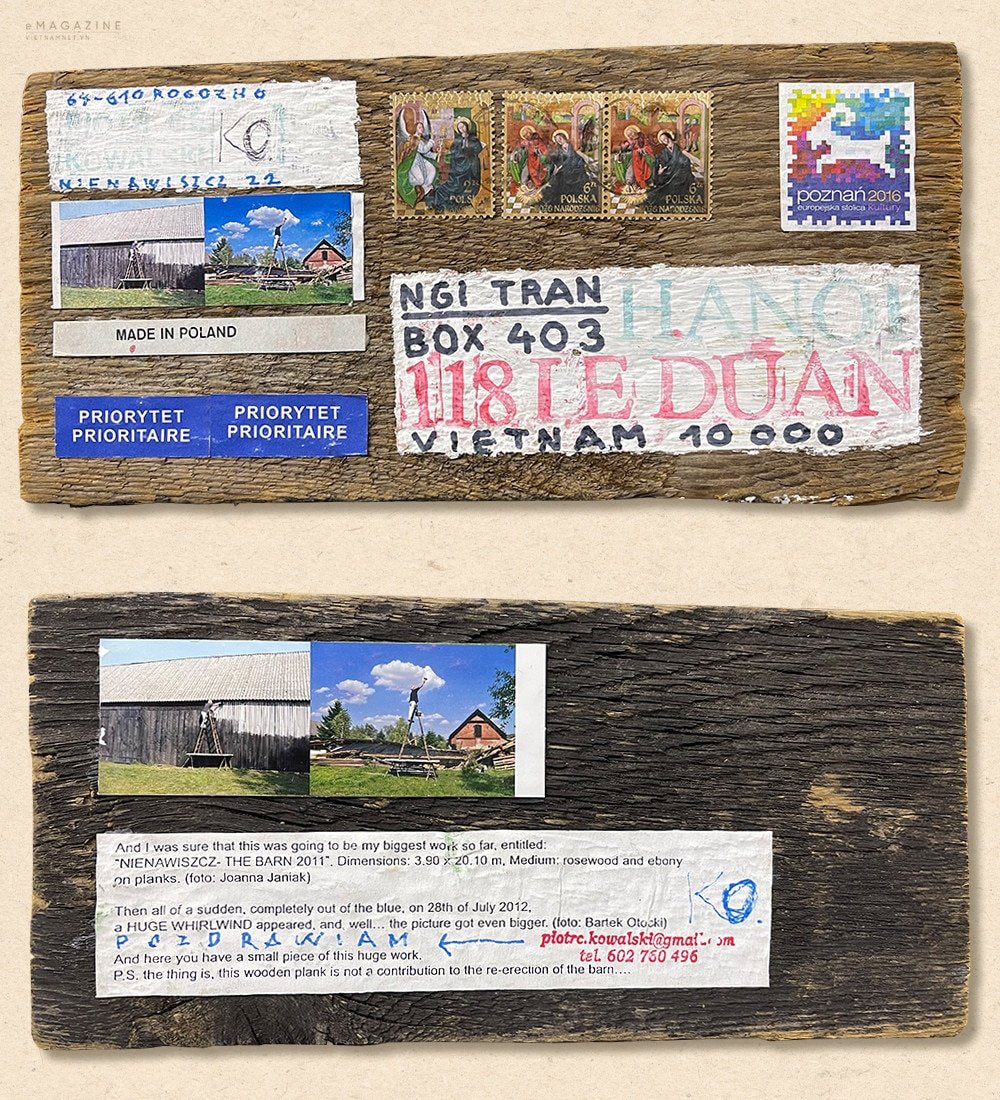

![[Photo] Anh Hoang - Dinh Duc successfully defended the men's doubles championship of the National Table Tennis Championship of Nhan Dan Newspaper](https://vphoto.vietnam.vn/thumb/1200x675/vietnam/resource/IMAGE/2025/5/23/d6ab3bcac02c49928b38c729d795cac6)
![[Photo] Top players gather at the 2025 Nhan Dan Newspaper National Table Tennis Championship](https://vphoto.vietnam.vn/thumb/1200x675/vietnam/resource/IMAGE/2025/5/23/9ad5f6f4faf146b08335e5c446edb107)



























































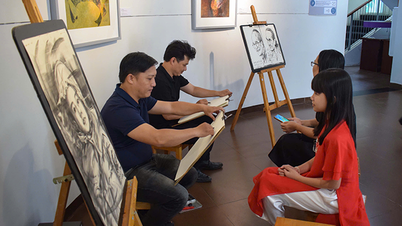




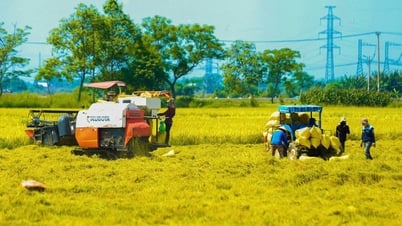
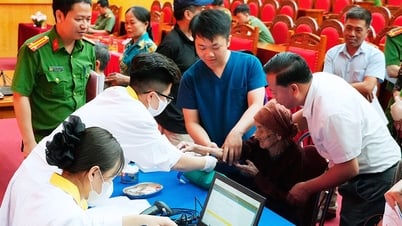













Comment (0)